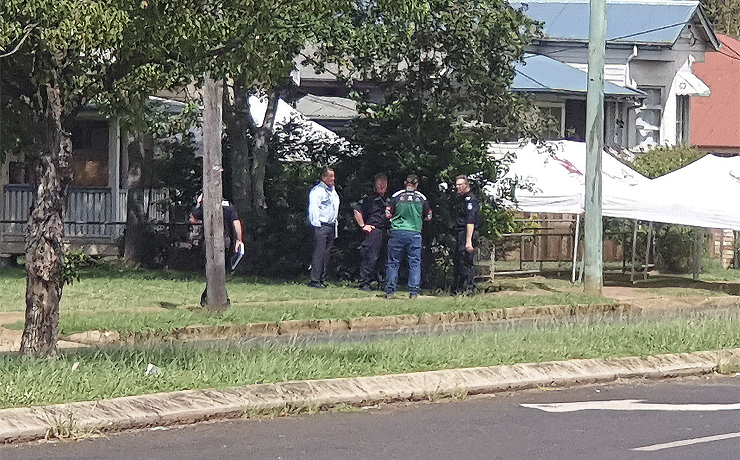November 30, 2012
The Darling Downs Hospital and Health Service is taking advantage of World AIDS Day (December 1) to remind South Burnett residents of the importance of regular screening.
Director of Public Medicine Dr John Hooper said that in communities with fewer HIV infections and lower public visibility, continued awareness and screening by all those who may have some risk was crucial to decreasing clusters of notifications.
He said people were being asked to take personal responsibility in the fight to stop the spread of HIV/AIDS by being informed about how to protect themselves and others.
“For some people this will mean having a regular six-monthly HIV test,” Dr Hooper said.
He said the theme for World AIDS Day 2012 was is “HIV is still here”.
“The aim is to encourage all Australians to be aware of the prevalence of HIV/AIDS; to take action to reduce the transmission of HIV by promoting safe sex practices; and to accept the reality that there are individuals living with HIV/AIDS present in our community,” he said.
“Toowoomba HIV services continue to be delivered from Kobi House at Toowoomba Hospital in partnership with a range of other government and non-government service providers and community-based organisations.
Dr Hooper said approximately 80 individuals were accessing treatment for the disease at Toowoomba Hospital “but experience tells us there will also be a number of people who do not know they have HIV and who may be putting others at risk”.
In 2011, 195 Queenslanders were diagnosed with HIV infection.
This is down 10 from 2010 (205 infections) but is still the second highest recorded figure. Despite the stabilisation of notifications in 2011, there has been a general increasing trend in notifications since 1998 in Queensland.
Consistent with previous years, in 2011 males continued to make up the majority of new HIV notifications in Queensland (174 or 89 per cent). Of these, 133 (or 76 per cent) were men who have sex with men.
In 2011, there were 21 new HIV notifications amongst women in Queensland. This is down from the 32 female notifications in 2010.
Almost 60 per cent of females diagnosed in 2011 reported they were originally from a country where the prevalence of HIV is high. This is the highest annual number reported for this exposure on record.
In 2011, there were 32 notifications of new AIDS diagnoses in Queensland. This is up 10 from 2010.
A total of 75 per cent of the people diagnosed with AIDS in 2011 were late presenters, ie people with an AIDS diagnosis within 90 days of their HIV diagnosis.
“This is one of the reasons why we promote testing so strongly because treatment can prevent progression to AIDS and other complications,” Dr Hooper said.
An estimated 2267 people living with HIV/AIDS were accessing care in Queensland in 2011, although the true number may be higher.
“HIV can be transmitted sexually or though blood to blood contact. Left untreated, infection with HIV can eventually lead to the development of life-threatening illnesses. It is at this stage that a person is said to have Acquired Immune Deficiency Syndrome (AIDS),” Dr Hooper said.
“HIV cannot be cured, but it is easily prevented and today‘s treatments are dramatically improved. Condoms and lubrication remain the best defence for many people.
“We strongly urge men who have sex with other men, even if only occasionally, to be screened by their GP or make an appointment with the Kobi team on (07) 4616-6446.”























